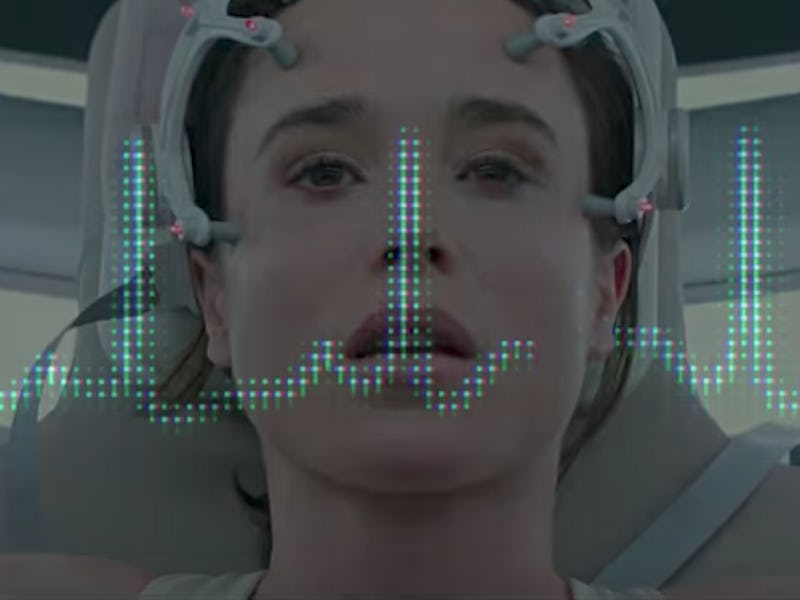Medical students turn their own bodies into science experiments in the new horror thriller Flatliners as they attempt to discover what happens after death. In the investigations featured in the trailer, released Tuesday, the students intentionally stop their hearts with electric shocks, experiencing a few minutes of death before their hearts are jumpstarted back into beating.
In real life, scientists studying immediate death and near-death experiences study people who have tasted death not deliberately but through illness. They ultimately hope to answer the same question Ellen Page asks in the new trailer: “What happens to us after we die?”
But the film’s depiction of death, rife with ghastly, paranormal visions, isn’t really consistent with what real-life death investigators have found. In the Flatliners trailer — the film is actually a sequel to the 1990 movie of the same name, with a similar plot— Page’s character says that what she sees on the other side of death looks not like white light but “more like pure energy.”
That’s not what people who have died report IRL — but they do report seeing something.
What death looks like, according to 'Flatliners.'
When Stony Brook Medicine critical care professor Sam Parnia, Ph.D., interviewed survivors of cardiac arrest — people who were on the “threshold of death” — he said they reported seeing the bright light, as well as animals, plants, family, violent scenes, and flashbacks of the hospital staff working to save them while they were dead.
“They mentioned describing a bright and welcoming light, going into a tunnel toward a beautiful place and seeing relatives welcome them, maybe even a panoramic view of their lives,” Parnia told Inverse in a previous interview about his work.
These hallucinations occur because dying brains are still surprisingly active. In a PNAS article from 2013, scientists observed that a nearly dead brain undergoes a burst of coherence and connectivity that goes beyond normal levels. In particular, as the heart stops beating, the brain’s visual cortex is activated by a surge of electrical activity that can continue up to 30 seconds after an individual is actually dead. This burst is thought to account for the highly visual experience people have when they die.
But it isn’t just the brain that becomes more active at the verge of death. In a 2014 paper published in the Annals of the New York Academy of Sciences, neuromuscular neurologist Dr. Kevin Nelson explained that near-death experiences require a “confluence of events and draw upon more than one single physiological or biochemical system.” When blood flow to the brain is impaired, like when someone is under cardiac arrest, a person may shift in and out of consciousness as their blood flow starts and stops. If the brain doesn’t get enough blood, the brainstem triggers rapid movement of the eyes. These rapid eye movements blend the experience of being conscious and unconscious — which, Nelson argues, fuses the two states to create an out-of-body experience.
In Flatliners, the characters theorize that coming back from the dead rewires their brains. Coming back from a brief stint with death doesn’t cause real brains to rewire — as far as we can tell — but luckily, it doesn’t cause ghouls to chase down human victims, either.
